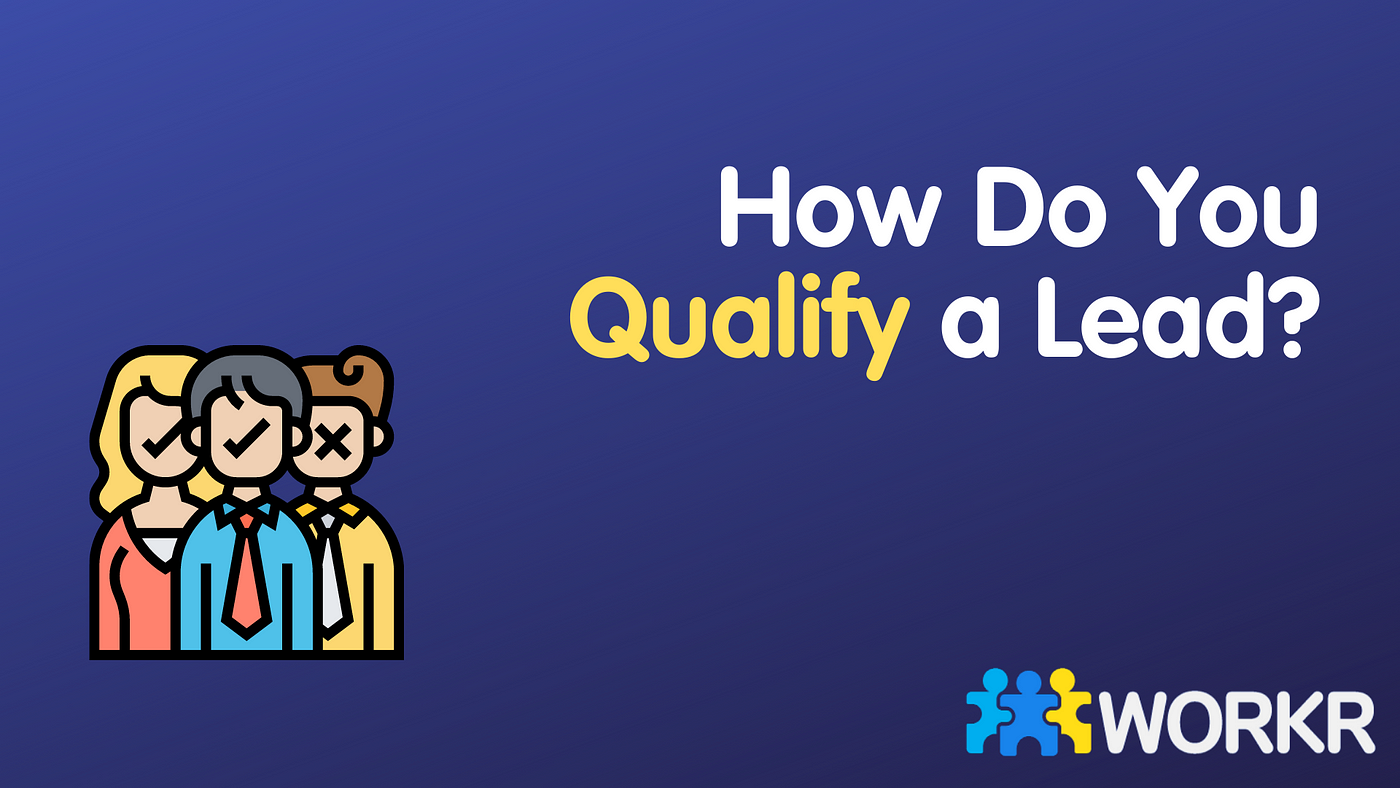Either way, the idea of what qualifies as a lead to one person may not necessarily be a lead to someone else.
Here are a few things to consider when determining how to treat different types of leads.
What Is A Lead?
A lead is someone who may potentially become a client. But what constitutes a lead, and how can we differentiate between leads based on how likely they are to result in a sale?
Is anyone who interacts with your business a lead?
Of course not. To be classified as a lead, a prospective buyer must willingly and freely give you information, such as a contact number or email address.
Let’s look at an example: a clothing store has a 20% off offer for people who sign up to their mailing list. The customer has to give their email address over to the company to get the offer. They have willingly given the store a means of contacting/selling to them, and have indicated some interest in purchasing and/or hearing from the store. This makes them a lead.
What Is A Qualified Lead?
In B2B settings, leads usually go through a process of qualifying a lead. There are several steps:
- Unqualified Lead: anyone who has willingly given information to the organisation
- Marketing Qualified Lead: the marketing team has filtered those who can be marketed to and/or passed to the sales team
- Sales Qualified Lead: the sales team has accepted that these leads can be sold to
- Their relevance to your target market or ideal customer
- Their level of intent
Let’s use the example of a childcare service. A family with a 1-year-old child is ideal as they are eligible and ready to enrol in your centre. A couple trying for a baby may soon be eligible to buy from you, but aren’t quite there yet - but they can be marketed to in the meantime. A single adult with no children is not eligible to buy from you at all. That’s how we determine relevance to your target market or ideal customer.
Level of intent asks the question, ‘how do you know they want to buy from you?’ Let’s use the example of a B2B consultant. Someone who liked a quote you posted on Facebook shows very little interest in your service. Someone who attended a webinar you presented on ‘How to Grow Your Business’ showed a little intent (because they want to solve a problem that you also solve). Someone who filled out a form for a free consultation is definitely interested in your services.
By adding relevance to your target marketing or ideal customer along with their level of intent, we can determine how ‘hot’ or ‘qualified’ a lead is.
Types of Leads
Let’s work in chronological order to work out the different types of leads in-depth.
Unqualified Lead
Let’s say someone comes to your website from a Facebook ad, and they fill out a form to request a call back. If you’ve set your ads up correctly, Facebook will tell you that you’ve just got a new lead - but wait!
An unqualified lead means nothing until it is qualified by your team.
There are many different reasons why someone may have filled out a form on your website, such as a lost password, an incorrect assumption about the services you offer, or a mistake.
If the lead is relevant to your target market and has shown some intent to learn more about your services, it can move onto the next stage of the lead process.
Marketing Qualified Lead
A marketing qualified lead is a lead who is attracted through marketing efforts, and is qualified by the marketing team.
Example: a lead fills out a registration form to receive a free eBook titled ‘How to Manage Your Staff’. In the form, the lead labelled their job title ‘HR Manager’. The lead isn’t already a customer, HR Managers are relevant to their target audience and they have shown intent to solve a problem that your business helps them with. This lead is now a marketing qualified lead.
After qualifying the lead, it is the marketing team’s job to turn this lead’s curiosity into action i.e. make them consider purchasing from the business.
The goal is to turn a marketing qualified lead into a sales qualified lead.
Sales Qualified Lead
Once a lead has shown interest in buying, they can be passed to the sales team.
Much like a marketing qualified lead is determined by whether the lead wants to know more, the sales qualified lead is determined by whether they’re looking to purchase.
Example: a person sees a Facebook ad for B2B software, and fills out a contact form. The marketing team checks the form. They find out that the person is not already a customer. They also know that the person filled out ‘CEO’ in the box labelled ‘position’, and they see that the person commented ‘I’d like to book a demo of your product’ - so they know that the person is eligible to be sold to, and wants to consider the product on offer. They will pass this off to the sales team. If the sales team agree that this person can enter the sales process, the lead is now a sales qualified lead.
Going from Lead to Sale
After being passed onto the sales team, the lead will move through the pipeline (i.e. whichever process the sales team decide to follow) until they reach either a won deal/sale, or a lost deal.
The lead qualifying process is important because it goes through so many different processes and/or team members. When determining your sales team’s conversion, it’s important to consider what constitutes a sales qualified lead.
Struggling to manage your team and customers? Manage your employees and your customers through one simple app, and try WORKR for FREE for 30 days!

